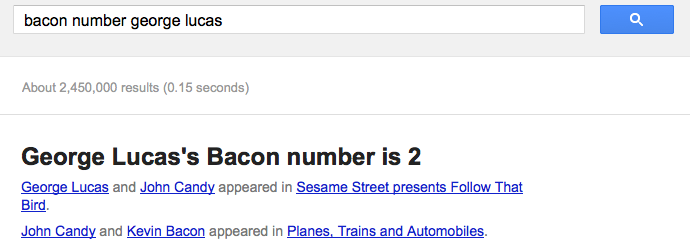Where is your phone? If you’re reading this, there is a good chance it’s in your hand. Over the past few years, Internet users have made a huge shift to mobile browsing as tablets and smart phones have made it easier to access the web while running errands, dining out or even talking with your friends.
This is why it’s important to make sure your website is optimized for mobile browsers. With almost fifty percent of your audience using mobile devices as their primary way to browse the web, not having a mobile optimized website can cost you serious traffic and money.
So what do you do if you don’t have an optimized site for smart phones and tablets?
Well first, don’t just create a miniaturized version of your site. Users don’t want to be forced to try to pinpoint tiny buttons with their clumsy fingers and they definitely don’t want to read walls of text. Even more important is making sure the site loads quickly. Over half of all mobile users expect websites to load as quickly, if not even faster, on their mobile devices as they do on their computers. To make your site load quickly, make your mobile homepage streamlined with only essential content with minimum JavaScript and CSS files.
When optimizing your site for the Internet, it is also important to make sure your website works properly on every device. Ensuring your site supports every mobile operating system protects every visitor from having a bad experience with the site.
If you don’t already have a developer with experience in mobile sites, it’s time to get one. If anything, it is a little late. Your competition most likely already has an optimized version of their website for mobile devices and if your site isn’t ready for mobile browsing, your customers will leave you for your competition. While it may seem daunting and costly to update your site for mobile surfing, making sure your customers have a pleasant experience with your site will save you much more money.






